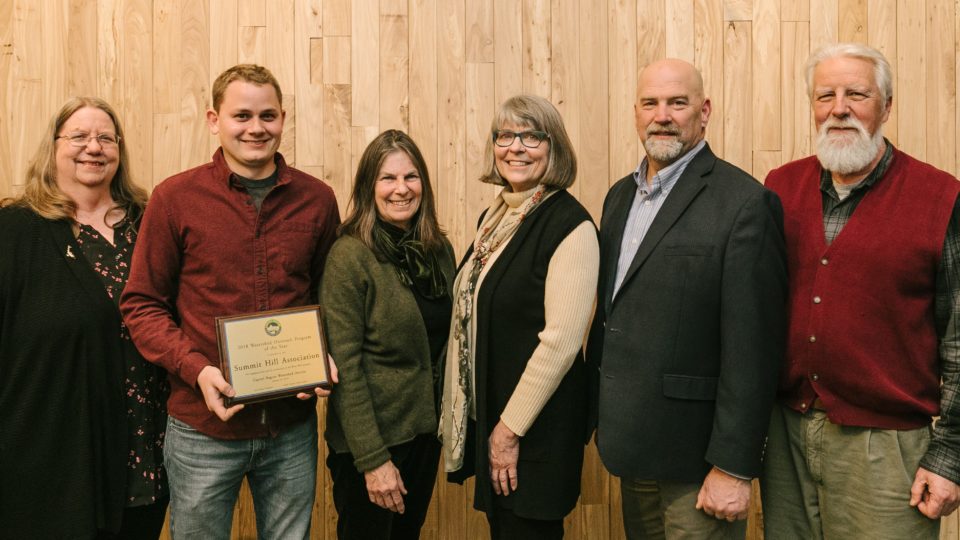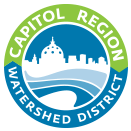What is a Minnesota Water Steward?
Minnesota Water Stewards (formerly Master Water Stewards) is a program that certifies and supports community leaders to prevent water pollution and educate community members to conserve and protect our waterways. The program is a partnership between Freshwater and participating organizations. Learn more at minnesotawaterstewards.org/
How does the program work?
The certification process comprises of both online and in-person classes covering a wide variety of topics including hydrology, water policy, community engagement, and residential stormwater planning. Classes run from mid-October to mid-April each year, with approximately six in person classes over the course of seven months.
Steward candidates are sponsored by their local water management organization or municipality and attend classes with a cohort of other candidates in their region.
Become a Minnesota Water Steward!
Interested in becoming a Minnesota Water Steward?
- The application period has closed.
- Visit minnesotawaterstewards.org/ or call us at (651) 644-8888 to learn more.
Meet 2018 Steward Anthony Swichtenberg
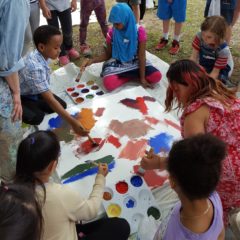
In spring 2019 Nat Kolasa-Lenarz, a service learning student from the University of Minnesota spent time interviewing three of Capitol Region Watershed District’s (CRWD’s) Minnesota Water Stewards. We’ll be sharing the interviews to highlight the work of these community leaders, and to encourage others to consider becoming a Minnesota Water Steward.
Anthony Swichtenberg is a 2018 Minnesota Water Steward (MWS) and a recent CRWD partner grantee. Working on the Environment and Beautification Committee of his local district planning council, the Summit Hill Association, introduced Anthony to the MWS program and CRWD. In 2017 the committee successfully applied for a CRWD partner grant to fund a multi-layered outreach project involving the rehabilitation of the rain garden at the highly-trafficked Linwood Community Center with volunteers, teaching about the impacts of this neighborhood on the greater watershed, organizing a park and storm drain clean-up day as well as initiating outreach to 90 second grade students at Linwood Monroe Arts Elementary School. As part of the Water Wise program, students planted a rain garden, learned about the Adopt-A-Drain program and painted with a local artist, Annie Hejny, using river water and sediment (see photo left, and a completed artwork at top of page). The program won CRWD’s 2018 Watershed Outreach Program of the Year Award.
Anthony has since moved out of state but the impact from his service projects and community education work endures.
The following is an excerpt from an interview by Nat from March 2019
How long have you been a Minnesota Water Steward?
Anthony: Let’s see, October 2018 is when I graduated, so about 6 months now.
What first inspired you to seek certification? Was there anyone or anything that helped you make the decision to go through with it?
Anthony: I’m on Saint Paul’s District 16 planning council – called the Summit Hill Association – and I was volunteering on the Environment and Beautification Committee at a time when we had a Water Steward on the committee. She was going through the [MWS] program the year before I did, and it interested me. We also have a rain garden at our community center and one of our committee tasks is maintain that rain garden. I suppose it was already a personal interest given what I was doing at the time. I wanted to get more involved in my community.
Was the certification what you expected it to be?
Anthony: Definitely. They laid out the expectations, schedule and coursework clearly.
If you were to talk to someone considering the program, what would you share with them?
Anthony: If you don’t know much about water resources, it’s a great opportunity to learn about them. I didn’t have a much [college] coursework in water resources, so it was great to learn. What I really enjoyed was doing my capstone project and getting to meet people who are interested in the same things I’m interested in.
The world could use more of that these days. How many hours per week/month did you spend on MWS work during certification? Now?
Anthony: I’d say between class and coursework outside class, I spent probably 4-6 hours a month during certification. As far as out of the course, I really haven’t had an opportunity yet to do a whole lot. I’d say 3 hours a month right now, but summer will change that.
Once completing the course and capstone project Minnesota Water Stewards volunteer 50 hours of community service in their initial year of certification. Each subsequent year they volunteer at least 25 hours and attend eight hours of continuing education to maintain their certification.
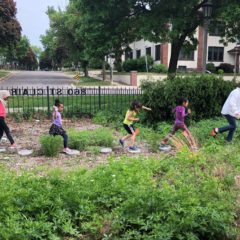
Any big plans for this coming Spring or Summer
Anthony: Yes, last year the Environment and Beautification Committee had a grant from CRWD, and we did a Water Stewardship Field Day for 90 second grade students. This summer we’re going to do a similar field day. They grow plants in their classroom and then bring them out to the community center and plant them in our rain garden here at the community center. I’d like to install a few rain gardens too.
That sounds like fun!
What has been your greatest challenge along the way? How did you approach it and what was the outcome?
Anthony: I think for me it’s talking to people about water. I don’t really have a background in education or outreach, things like that. It’s the challenge of getting comfortable with my knowledge and then with sharing that knowledge with people. My first experience with [community outreach] was at a neighborhood cleanup day my community had. Another water steward and I set up a table and asked the volunteers there about water quality.
One of your duties is to encourage and inspire your community to engage in water resource management projects. What have been your most effective methods?
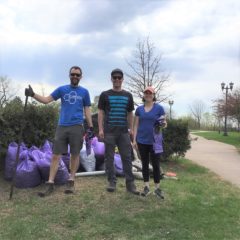
Anthony: I started by asking people I knew from the Board of Directors for our neighborhood council. One of our board members wanted a rain garden, so that worked well for my capstone project. [With my work on the Summit Hill Association] we have a lot of resources such as a newsletter and social media presence, so I plan to use those going forward to get more volunteers.
Now I’m curious: What level of success have you or other board members had using social media as an engagement tool?
Anthony: I’ve seen it as very successful for our board. They’re regularly putting out news blasts, and we do have a pretty big email list.
What is the one water quality practice that you’d have an entire community do if you could?
Anthony: Oh, I think the Adopt-A-Drain would be my pick. I mean, if everybody could install their own rain garden, that would be great. That’s not something everyone can do though. The storm drain cleanup is easy, it’s something anyone can do; even kids can do it if they want.
Alright Anthony, thank you so much for your time.
Learn more about CRWD’s Partner Grant Program
